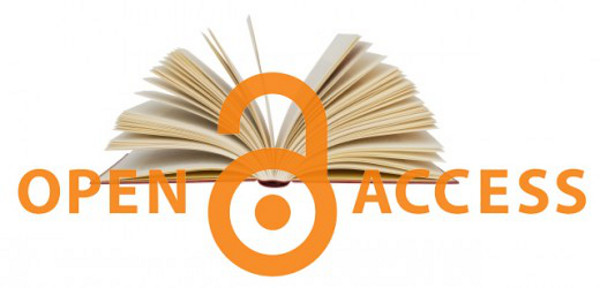Open Access to Research: trying to throw light on a chain of misunderstandings
20 January, 2014
To throw light on such arguments, UNESCO recently published Policy Guidelines for the Development and the Promotion of Open Access. The Guidelines distinguish the so-called Green Route to O.A., which refers to repositories, from the Golden Route, relative to OA journals. Both are common ways to openly publish research outcomes. UNESCO recommends making research immediately available or after a short period of embargo, as well as warns authors to retain enough rights to be able to decide whether or not make publications freely available – even though Institutions or funders can also retain these rights if they are more effective in ensuring open access. The Guidelines also stress to promote OA rather than imposing it, by drawing a range of incentives –such as future promotions.
Also, researchers, publishers and librarians usually clash over Open Access dimension as it happened at the American Historical Association’s annual meeting early this year. One of the strong arguments was that gold OA would minimize cost while protecting against inflated acceptance rates and decline in quality standards. Some see OA as a durable feature of the landscape of scholarly communication, maybe replacing current dissemination models; whereas others state it would only complement the traditional publication patterns or some even consider it “a passing fad”.
UNESCO Guidelines aim at settling that debate as well, by not dismissing the current publication systems but pointing out some traditional fee-based business models which are often abusive and unsustainable. As repositories do not require any money to be spent –or very little of it, the Guidelines focus on cost of peer-reviews and possible sources of funding: an institution, the community (donations or other support), sponsors, users (via subscription) or advertisers). OA books also may somewhat gain their momentum as they can be backed by sponsors, subsidizers as well as hard copies might be sold to offset the costs.
No consensus has been reached so far and maybe controversy came to stay. However, with governments increasingly pushing universities into making research freely available, steps towards open access are unlikely to stop here.


